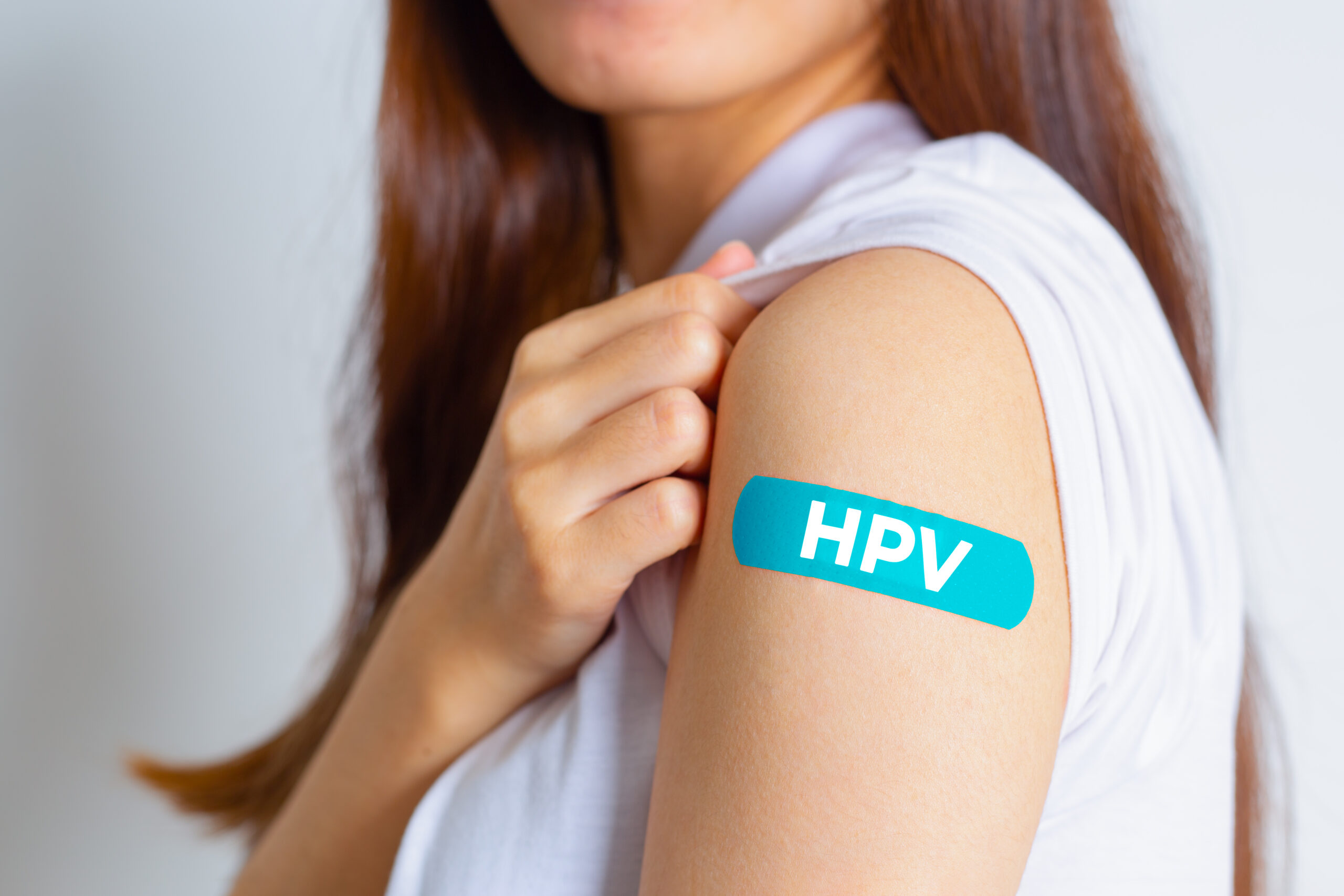
Preventing Cervical Cancer
Cervical cancer is caused by the human papillomavirus (HPV), a sexually transmitted infection that almost all women can clear without the need for medical treatment. Women at higher risk for HPV (and therefore cervical cancer) include those with multiple sex partners and those with weak immune systems. Smoking and obesity also increase a woman’s risk of HPV.
For those who become infected by the virus, a pap smear is the initial test used to detect abnormalities. Women should get paps every three years starting at age 21. If results indicate mild cervical cell changes, another pap will be scheduled the following year to see if the body was able to clear the virus. To return to routine screening after an abnormal pap, patients need two negative (normal) pap smears. About 90 percent of patients are able to clear the virus and go back to a normal pap smear in 24 months.
If results indicate moderate to severe changes (either during the initial pap or the follow up pap), a colposcopy and biopsies are typically recommended. This allows us to identify the 10 percent of women who could progress to more severe dysplasia and ultimately on to cervical cancer after 10-20 years of infection with HPV.
The good news is that there is now an HPV vaccine to prevent the spread of the virus. Ideally, it is administered to adolescents before they become sexually active, but it can be administered to men and women in their early 20s.
Although pap smears are only done every three years, women should schedule a well-woman exam every year for optimal health. This annual appointment is an opportunity to check for signs and symptoms of other medical problems, to refill birth control prescriptions, and to address any behavioral health issues.

 MyChart Login
MyChart Login